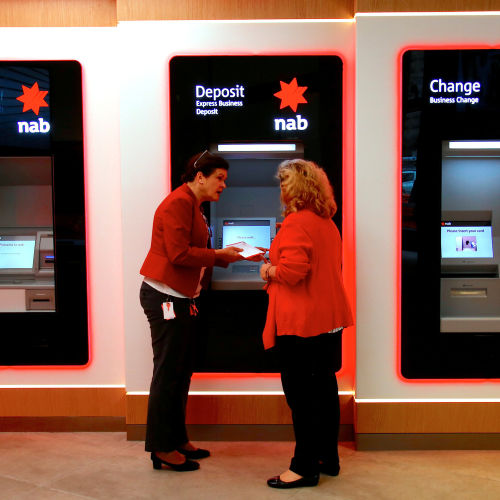Banks must digitise and automate to survive the arrival of hyper-efficient fintechs
The coronavirus pandemic has provided a catalyst for rapid digital adoption for many companies, notably those in the financial industry.
One of the biggest trends globally was the surge of consumer participation in financial markets as work-from-home policies gave people more time to manage their finances, many for the first time. According to data from AQUMON, there was an increase in users and new account registration during lockdown months in Hong Kong, with 365 per cent year-on-year growth in new account openings.
Traditional banks are facing a challenging situation, as digital-native rivals are muscling in, while consumer preferences have changed as digital habits evolve; they are facing additional pressures to accelerate their IT and systems transformation in order to compete with the rise of these virtual contenders.
Many financial institutions are just starting their digital transformation journey in accepting automated investment recommendation services of traditional assets such as stocks, ETFs and mutual funds. Robo-advisers are gaining popularity at the retail bank level; for example, UBS just launched a relationship manager-based tool called My Way.
In five short months it has already crossed the HK$2.3 trillion mark. This demand will greatly increase, particularly when Wealth Connect opens, increasing our total market size from 7 million to 72 million. Forward-thinking banks will take greater strides in the year ahead to adopt digital solutions and collaborate closely with fintech players to achieve longer-term savings.
However, there is a high threshold to overcome for financial institutions to catch up with the versatile and nimble fintech companies.
Challenges Ahead
Firstly, most of the traditional banks, brokerages and insurance firms may not possess the necessary engineering and IT teams. Banks struggle to recruit for technology jobs because the talent pool is too thin and competition for top candidates is fierce.
Many of the young graduates tend to gravitate towards fast-paying and traditionally respectable industries such as finance, law and medicine. Although universities and government incubation programmes are actively cultivating computer science and engineering graduates, the shortage is still apparent.
Secondly, the existing platforms and ecosystems that traditional banks operate are usually custom-built and are difficult to integrate with new technologies; to take on new fintech-powered solutions generally means a long and costly project for the incumbents. It used to be that one institutional project onboarding could easily take up to two years from conception to launch.
In order to overcome these hurdles and challenges, banks and financial institutions should leverage on the following trends to rapidly transform and commit to the digital new norm.
Leverage on Companies Who Do It Well: Traditional finance institutions should collaborate with fintech startups that provide a B2B service to synergize for their own growth as well as to tap into the resources of bigger institutions.
Banks should leverage on the technologies and capabilities that these companies have spent years developing rather than to play a game of technological catch-up. This also helps to reduce cost and the pressure on maintaining a specialised team, since the top talents are already embedded within the fintech companies. An alternative is to acquire an existing fintech operator to subsume into the organisation, providing further synergies in the merger.
Embedded finance will emerge as the new paradigm: To save on costs and customisation time, banks and institutions can look into new digital services that are directly embedded into the system, such as buy-now pay-later plans and banking-as-a-service offerings.
These are programmes developed by fintech companies using their expertise to solve institutional onboarding pain points. Robo-adviser-as-a-Service (RaaS), for instance, allows quick plug-and-play for institutional clients.
Using Cloud Computing technologies, RaaS allows institutions to easily embed their proprietary quant investment strategies, covering tens of thousands of mutual funds and ETFs worldwide, as well as robo-advisery service.
Leveraging on APIs, the programme is directly embedded into the bank’s systems and apps so that it can retrieve consumer preferences and auto-recommend investment portfolios without ever disclosing sensitive client information.
The digitisation of wealth management services through RaaS increases the operational efficiency of the banks, reducing 50% of development time and saving over 30% operation costs.
Embracing digitisation
It is an ongoing concern for institutions to provide high quality research and strategies that can continuously deliver while managing their costs. The top 20 banks in Asia currently employ just over 5,000 relationship managers to service a customer base of over several million people.
Looking ahead 10 years from now banking/investment apps/platforms offering automated investment recommendations will just be part of the expected banking experience. To provide better client service and more research traditionally meant hiring more staff to service the clients, leading to higher operational costs.
Embracing digitisation through automation, big data, SaaS, machine-learning technologies will increase efficiencies, minimise costs and propel financial institutions into the new digital era.
- Kelvin Lei is Cofounder and CEO of AQUMON, a Hong Kong-based digital wealth management platform
























